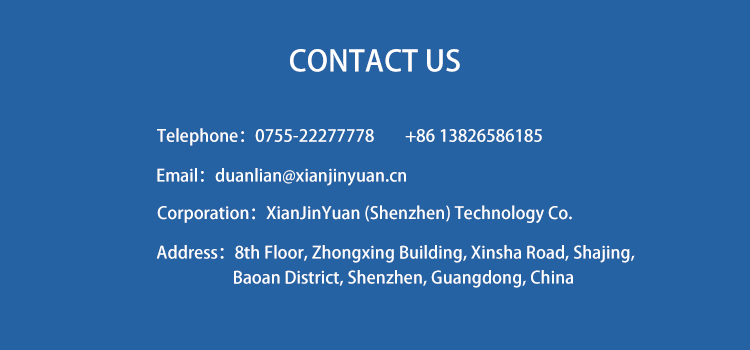dielectric filmIt is a special membrane material whose main function is to achieve separation, filtration, purification, or reaction through selective permeation or exclusion of certain substances. It has excellent chemical corrosion resistance, excellent physical and mechanical properties, chemical stability, good dimensional stability, high transparency, and high surface flatness. In recent years, with the continuous advancement of technology and the expansion of applications, dielectric films have been increasingly widely used in fields such as environmental protection, healthcare, energy, electronics, and food. Below, we will provide a detailed introduction from the aspects of structure, types, preparation, and application.
1、 Structure of dielectric film
The dielectric film can be single-layer or multi-layer, and its structure determines its physical and chemical properties and usage scenarios. Common media membrane structures include:
1. Single layer film: composed of a layer of polymer material, its characteristics depend on the choice of material and preparation method.
2. Composite membrane: composed of two or more layers of materials, at least one of which is a dielectric membrane, which can be a porous polymer material or an inorganic material.
3. Mixed membrane: composed of a polymer and an inorganic material, which can maintain the mechanical properties of the polymer and the chemical and temperature resistance of the inorganic material.
2、 Types of dielectric films
1. Ultrafiltration membrane: suitable for liquid separation, with separation performance mainly based on compounds with different molecular weight distributions.
2. Reverse osmosis membrane: Suitable for the separation and concentration of liquids or gases, it can effectively remove ions, organic pollutants, etc. from water.
3. Nanofiltration membrane: suitable for separating aggregated colloids and sols, usually used for separating biomolecules, suspended particles, etc.
4. Gas Separation Membrane: Suitable for gas separation, it achieves gas separation based on the different adsorption and permeation abilities of the gas on the membrane.
5.
Electrolyte membraneSuitable for electrochemical reactions, it can achieve separation and selective transfer of cations and anions.
3、 Preparation of dielectric film
There are various methods for preparing dielectric films, and different preparation methods can also obtain dielectric films with different material structures and properties. Here we mainly introduce the commonly used preparation methods:
1. Solution immersion method: Dip the polymer solution on the porous support materials (such as polyurethane foam, ceramics, polypropylene, etc.) to form a film.
2. Sol gel method: soak inorganic substances (such as SiO2, Al2O3, TiO2, etc.) in solution to make solid gel, and then conduct heat treatment to prepare membrane materials.
3. Spraying method: The medium material is made into a solution or suspension, sprayed onto the supporting substrate through a high-pressure nozzle, and then dried, cured, and other steps to prepare a thin film.
4. Stretching method: The polymer material is extended to a temperature above the glass transition temperature of the polymer, then stretched and rapidly cooled to complete the process of preparing the film.
.png)
4、 Application of dielectric film
1. Environmental protection field: Reverse osmosis membranes can be used for groundwater remediation, seawater desalination, drinking water purification, etc.
2. Medical field: Suitable for artificial organs, medical filters, etc., mainly used for blood filtration, hemodialysis, and plasma separation.
3. Energy field: Reverse osmosis membranes can be used in water treatment, domestic water, seawater desalination, battery separation membrane materials for solar cells, hydrogen separation, carbon dioxide separation, acid-base separation, and other fields.
4. Electronic field: Transparent dielectric film, which can be used for the production of thin film capacitors.
5. Food field: Suitable for purification, concentration, flavoring, etc. of fruit juice, beer, dairy products, etc.
In short,
dielectric filmAs an important separation material, it has broad application prospects in fields such as environmental protection, healthcare, energy, electronics, and food. In the future development, through continuous improvement of preparation processes and material selection, medium membranes will become more efficient, green, and safe separation materials.



.png)

